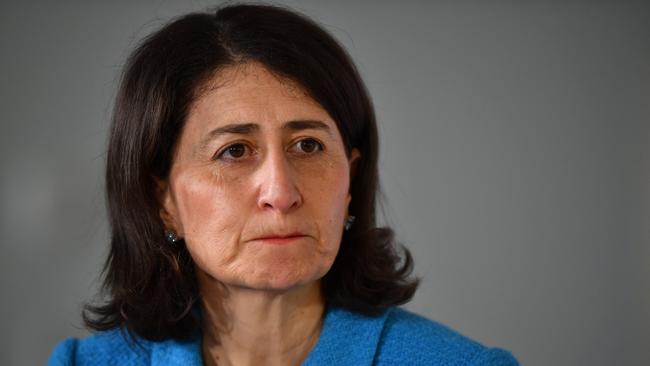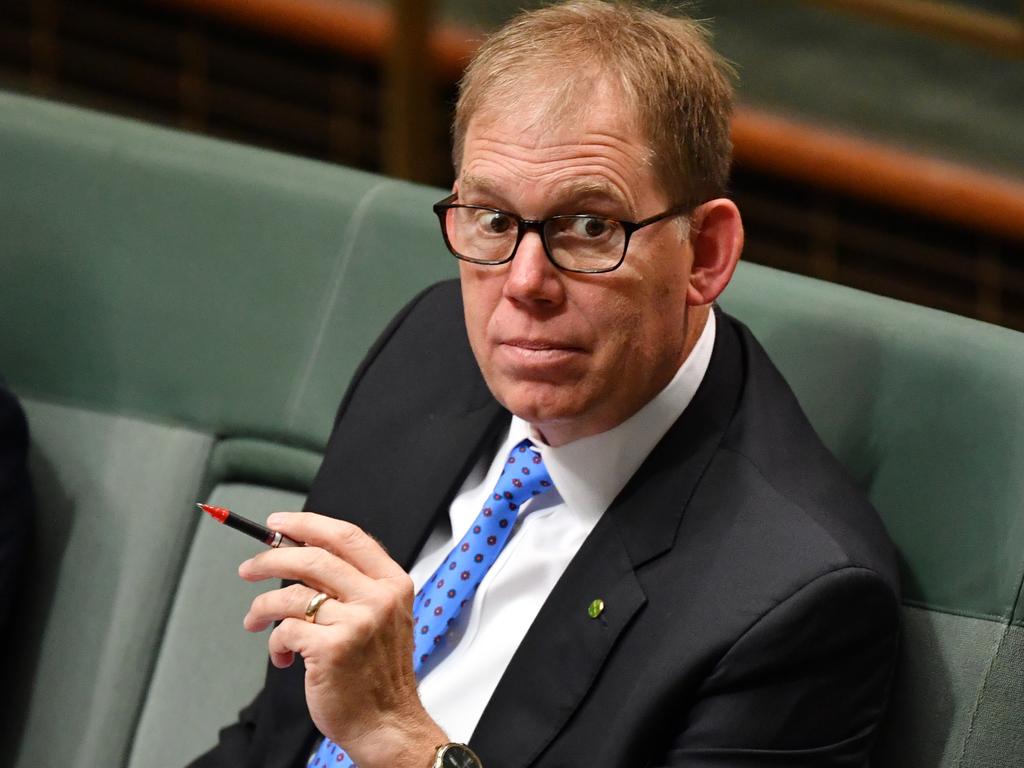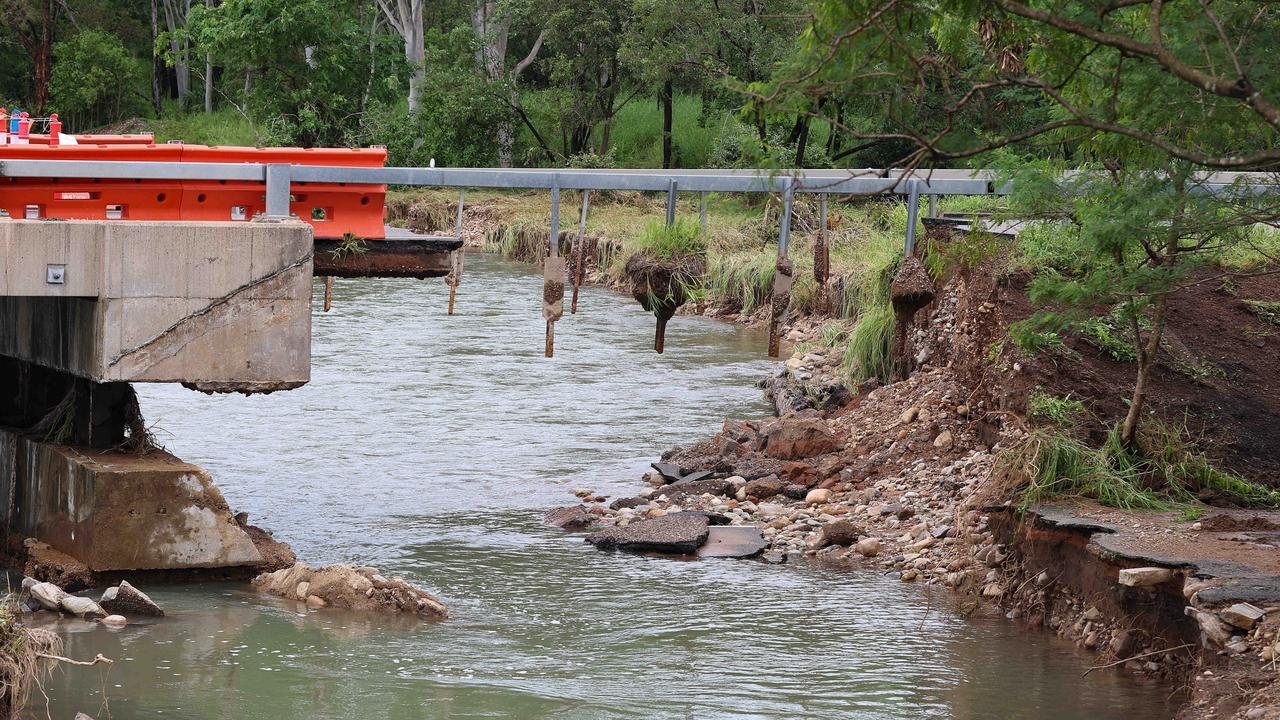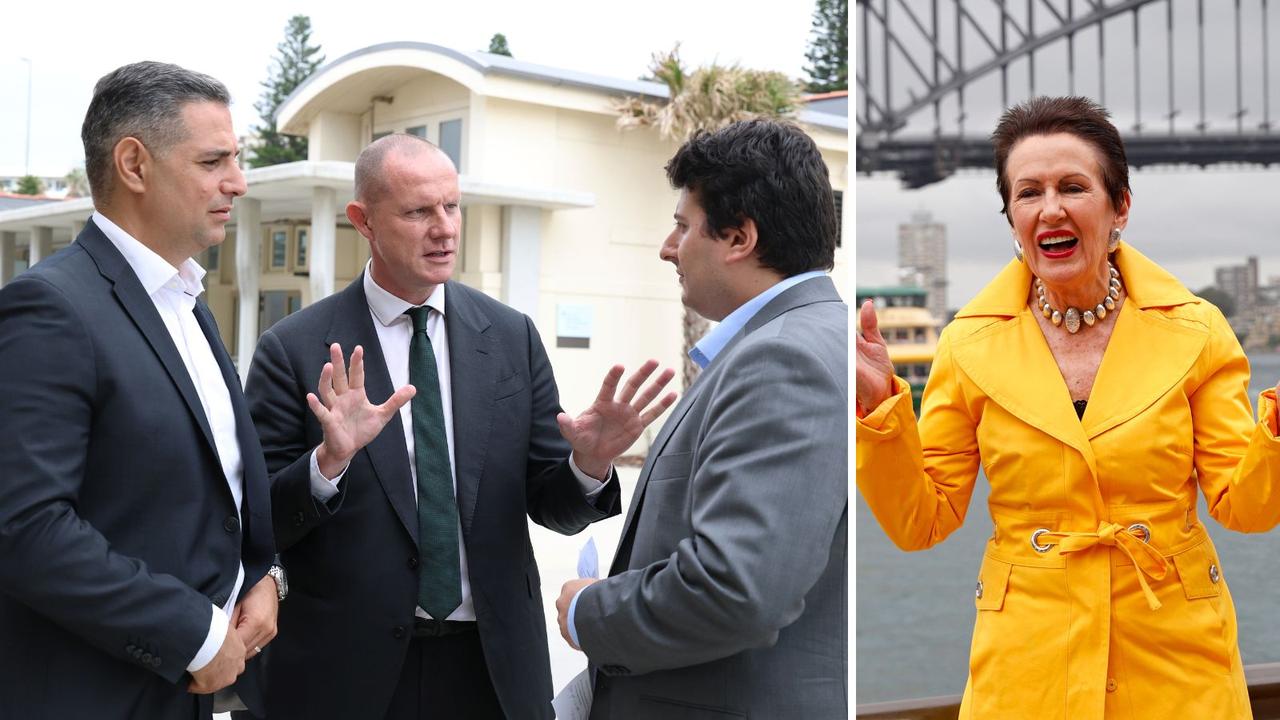Gladys Berejiklian 2030 emissions target pressures Scott Morrison
The NSW Premier has unveiled a 50 per cent by 2030 emissions reduction target.

NSW Premier Gladys Berejiklian has unveiled a 50 per cent by 2030 emissions reduction target, raising pressure on Scott Morrison to increase Australia’s climate ambition ahead of the Glasgow conference in November.
Ms Berejiklian has won the backing of the NSW Nationals for the pledge to halve emissions from 2005 levels by the end of the decade, with Deputy Premier John Barilaro saying it would deliver “more jobs and more investment” for the bush.
The NSW government’s policy – an upgrade from its 35 per cent 2030 target – exceeds the 45 per cent pledge Bill Shorten took to the last federal election that was weaponised in the regions by the Prime Minister and the federal Nationals.
NSW Liberals are hoping the policy, in line with the 2030 targets of the US, could act as a template for the federal government as it seeks to outline a pathway to achieve net-zero emissions by 2050.
Ms Berejiklian said the target upgrade showed the NSW government was “serious” about preparing for a carbon-neutral future. “This is about putting the policies in place to give industry and investors certainty, not only to protect our planet but to future-proof our prosperity and way of life,” Ms Berejiklian said.
“Our net zero plan is expected to attract more than $37bn in private sector investment into NSW, support more than 9000 jobs, save households about $130 on their electricity bills and help NSW become Australia’s first trillion-dollar state by 2030.”
NSW Energy Minister Matt Kean said the target upgrade was based on expectations the state’s existing policies were tracking to reduce emissions by between 47-52 per cent by 2030.
Mr Morrison is expected to back a net zero by 2050 target ahead of a climate conference in Glasgow in November.
He is expected to outline a plan showing Australia will exceed its 2030 target but it is unlikely he will formally update the medium-term commitment.
Victoria this year unveiled a 45-50 per cent 2030 target, while South Australia’s 2030 target is 50 per cent, the ACT’s is 65 per cent and Queensland’s is 30 per cent.
After unveiling a $2bn loan facility for Australian critical minerals projects, federal Resources Minister Keith Pitt said the government “remains committed to the coal sector and the resources sector as a whole”.
“Wherever there is a market, Australia will look to fill it with our high quality resource and incredibly reliable logistics chains,” he said.
The number of Coalition ministers and backbenchers openly supporting a net zero target for 2050 ahead of the Glasgow climate conference in November is growing, with Victorian Liberal David Van saying he also backed a switch to the bigger climate aim, while Goldstein MP Tim Wilson is open to the proposal.
The Australian published a survey of 68 Coalition MPs on Tuesday, with just 12 of the MPs backing the target and another nine open to it.
Environment Minister Sussan Ley is the latest cabinet MP to back net zero, but Regionalisation Minister Bridget McKenzie has blasted Liberal MPs – including Josh Frydenberg – over the policy, saying they are not considering the impact on regional jobs.
Ms Ley – MP for the regional NSW seat of Farrer – said the country-city divide was “overstated”.
With Queensland MPs Matt Canavan, Garth Hamilton and Gerard Rennick outright opposed to net zero, Brisbane-based Liberal MP Julian Simmonds says backing the 2050 target is a “no-brainer”.
He told the Local Government Association of Queensland Tuesday night that climate change was a top-line national security issue comparable to the AUKUS nuclear submarine deal with the US.
“Just like we will always act in Australia’s interests as we keep them safe and forge international alliances, we will do the same with our plan to achieve net zero by 2050, the right way, the Australian way.”






